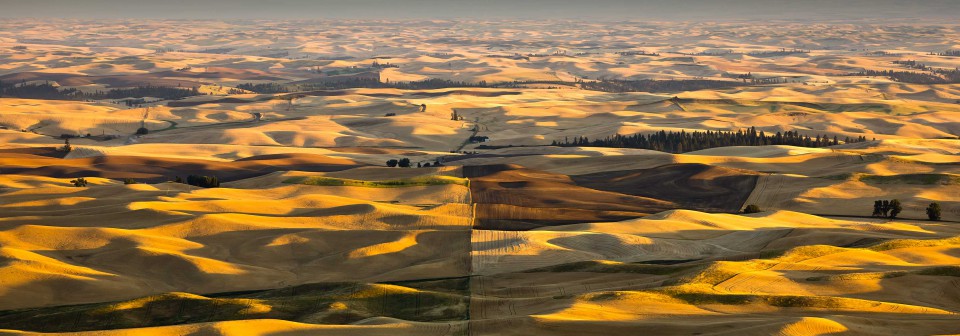3 long days of driving took me through the “Never Never”. A local name for a vast interior plain of Australia. It is a transition from desert to the tropics.
An Aussie along the way said: ” you must stop at this place”, so I did. Daly Waters is a pub. The look says it all. How could I resist a Barramundi fish burger at a place that has everything no one wanted and everything to bring people from around the world to see.
I almost forgot to mention road trains, tractor trailers pulling up to 4 full sized trailers. How to pass one; (1) a view to the horizon (2) see through mirages (3) boot it!!!. Just think, the closing speed with you and an opposing rig hauling propane is about 220kmh; the explosion would be seen from space. By the way the advised posted speed is 130kmh.
Litchfield National Park is a place I really wanted to see. Good news: Kakadu Park is underwater which gave me an extra day to see Litchfield. Here are the words that come to mind: hot, humid, stunningly beautiful, it is the tropics. The “no swimming” signs are everywhere; crocodiles!!
The owner of the Litchfield Safari Camp told me: “the freshies are everywhere, the rogue saltie is the one we don’t know where it is”. In other words loner salt water crocodiles find there way into swimming holes; obey the signs!!! For those that haven’t heard, the saltie is huge and always hungry. The land is 1 meter below sea level and an easy passage way for the reptiles. Daly Waters Litchfield National Park
